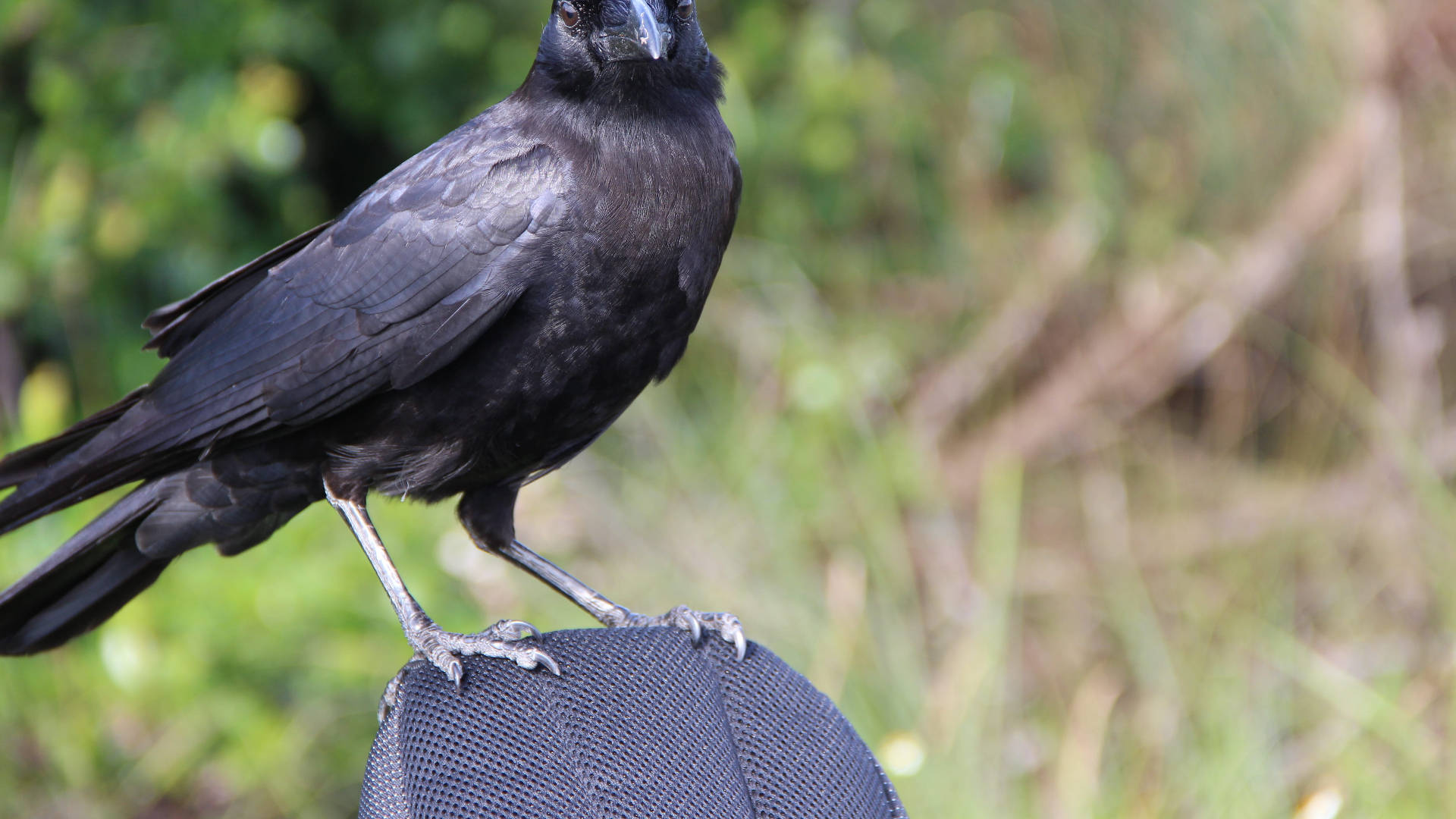
The Unfolding Map: Crow Nation’s Historical Territory – A Story of Land, Identity, and Resilience in Montana
The historical territory map of the Crow Nation, or Apsáalooke as they call themselves, is far more than a cartographic representation of land; it is a living document, etched with the triumphs, struggles, and enduring spirit of a people. For anyone venturing into the vast, breathtaking landscapes of Montana, Wyoming, and parts of the Dakotas, understanding this map is crucial to grasping the profound history and identity woven into the very fabric of the region. This is not merely a bygone boundary; it is a testament to the Apsáalooke’s deep spiritual, cultural, and historical connection to a land that shaped them, and which they, in turn, shaped.
The Apsáalooke Heartland: A Geographic Masterpiece
At its zenith, the historical territory of the Crow Nation spanned an immense and ecologically diverse region. While often associated with Montana, their traditional lands extended well into what is now northern Wyoming, eastern Idaho, and western sections of North and South Dakota. This vast expanse was centered around the Yellowstone River valley, stretching south to the Bighorn Mountains, east across the Powder River Basin, and west towards the Absaroka Range and beyond.

This was no arbitrary choice of settlement. The Apsáalooke were astute observers of their environment, and their territory was a strategic masterpiece, chosen for its unparalleled abundance and defensibility. The Bighorn Mountains, revered as sacred and a source of vital resources, offered shelter, timber, and medicinal plants. The Yellowstone River, a literal lifeline, provided water, fish, and served as a major artery for travel and trade. The sprawling plains and river valleys were prime buffalo country, teeming with the herds that formed the cornerstone of Apsáalooke life. These lands were a natural fortress and larder, allowing the Crow to thrive in a challenging environment.
The map reveals a dynamic relationship with the land. The Crow were a nomadic people, moving with the seasons and the buffalo herds, utilizing different parts of their territory for specific purposes: winter camps in sheltered valleys, summer hunting grounds on the open plains, and sacred sites in the mountains for vision quests and ceremonies. Every peak, river bend, and valley held a name, a story, and a spiritual significance, making the land an intrinsic part of their identity.
Identity Forged in the Landscape: The Apsáalooke Way of Life
The name "Apsáalooke" translates roughly to "children of the large-beaked bird," or more commonly, "Crow." This name, often misunderstood by outsiders as implying a connection to the common black bird, actually refers to a mythological bird with immense power, symbolizing their strength and far-seeing wisdom. Their identity was inextricably linked to their environment and their way of life.

Equestrian Culture and the Buffalo: The Crow were renowned as one of the finest equestrian cultures of the Great Plains. The introduction of the horse in the 17th century revolutionized their existence, transforming them into highly mobile, formidable hunters and warriors. Horses allowed them to effectively hunt the vast buffalo herds, transport their tipis and belongings, and project power across their expansive territory. The buffalo, in turn, provided everything: food, clothing, shelter (tipi hides), tools, and spiritual sustenance. The health of the buffalo herds directly correlated with the prosperity and well-being of the Crow Nation. The map, therefore, also charts the movements of these critical animals and the sophisticated hunting strategies developed by the Apsáalooke.
Social Structure and Spirituality: Crow society was complex and highly organized, built around clans and warrior societies. While often characterized by their fierce warrior traditions, the Crow also possessed a rich spiritual life. Sacred sites within their territory, particularly in the Bighorn Mountains, were central to their religious practices, including the Sun Dance and vision quests. The Tobacco Society, a unique spiritual organization, cultivated a special strain of tobacco and performed elaborate ceremonies tied to agricultural cycles and communal well-being, further demonstrating their deep connection to the land and its bounty. Matriarchal influences were also strong within Crow society, with women holding significant respect and power within the family and community structure.
A Shifting Map: Alliances, Conflicts, and the Arrival of Europeans
The Crow Nation’s historical territory was not static. Pre-European contact, tribal boundaries on the Great Plains were fluid, often defined by hunting rights, seasonal use, and the outcome of inter-tribal conflicts. The Crow were surrounded by powerful neighbors, including the Lakota (Sioux), Cheyenne, Arapaho, and Blackfeet, with whom they frequently clashed over prime hunting grounds and resources. However, they also formed strategic alliances, notably with the Shoshone and Hidatsa, against common enemies. The map, therefore, speaks to a history of constant negotiation, defense, and adaptation.

The 19th century brought seismic changes with the relentless westward expansion of European-American settlers. The map began to shrink dramatically under the pressure of treaties and military incursions. The Crow, facing overwhelming odds and a strategic imperative for survival, often found themselves in a unique position. Unlike many Plains tribes who fiercely resisted the U.S. government from the outset, the Crow frequently allied with the United States Army against their traditional enemies, particularly the Lakota and Cheyenne. This was a pragmatic decision born of necessity, a choice to preserve their people and a portion of their land, even if it meant cooperating with the encroaching power.
The Fort Laramie Treaties: The most significant cartographic redefinition came with the Fort Laramie Treaties of 1851 and 1868. The 1851 treaty attempted to define vast, sweeping territories for various tribes, including an enormous tract for the Crow. However, these lines were largely ignored by settlers and gold prospectors. The 1868 Fort Laramie Treaty dramatically reduced the Crow’s recognized territory to a much smaller reservation in south-central Montana, encompassing a fraction of their ancestral lands, but crucially, still containing a significant portion of their traditional heartland, including parts of the Bighorn Mountains and the Yellowstone River valley. This reduction was devastating, severing their access to vital hunting grounds and spiritual sites, and forcing a more settled existence.
The Reservation Era and Enduring Sovereignty
The modern Crow Indian Reservation, established by the 1868 treaty and subsequently modified, represents the most tangible legacy of this historical map. Located south of Billings, Montana, it is one of the largest reservations in the United States, still encompassing significant portions of their ancestral lands, including the Little Bighorn Battlefield National Monument (which is within the reservation boundaries) and parts of the Bighorn River valley.
Life on the reservation presented immense challenges: forced assimilation policies, the decimation of the buffalo herds, the loss of traditional nomadic practices, and economic hardship. Yet, the Apsáalooke people demonstrated remarkable resilience. Despite immense pressure, they preserved their language (Apsáalooke), their cultural practices, their spiritual beliefs, and their strong sense of community and identity. The reservation, while a product of colonial power, also became a sanctuary where Crow culture could persist and evolve.
Today, the Crow Nation operates as a sovereign tribal government, working to maintain its cultural heritage, promote economic development, and provide for its people. Efforts to revitalize the Apsáalooke language, preserve sacred sites, and educate both tribal members and outsiders about their rich history are ongoing. The map, therefore, continues to serve as a powerful symbol of their unbroken connection to the land and their enduring sovereignty.

Understanding the Map Today: A Legacy for Travelers and Learners
For the modern traveler or history enthusiast, understanding the Crow Nation’s historical territory map transforms a simple road trip through Montana into a journey through millennia of human history.
- A Deeper Appreciation of Landscape: When you drive through the Bighorn Mountains, float the Yellowstone River, or traverse the vast plains of southeastern Montana, you are not just observing nature; you are walking on land imbued with Apsáalooke history, where generations hunted, prayed, and lived. Knowing this history adds layers of meaning to every vista.
- Connecting Past and Present: The map is a bridge between the Crow’s vibrant past and their dynamic present. It helps explain why the Crow Nation is located where it is, the significance of their current struggles and triumphs, and the ongoing importance of land rights and cultural preservation.
- Respectful Engagement: For those interested in Indigenous cultures, the map serves as a reminder to engage respectfully. Visiting the Crow Agency, attending public cultural events (like Crow Fair), or simply acknowledging the historical context of the land you traverse are ways to honor the Apsáalooke people. It encourages travelers to look beyond stereotypes and appreciate the complexity and richness of Native American societies.
- A Story of Resilience: Ultimately, the historical map of the Crow Nation is a testament to resilience. Despite immense losses and pressures, the Apsáalooke people have maintained their identity, their connection to their ancestral lands, and their vibrant culture. It is a story not of disappearance, but of adaptation, perseverance, and the enduring power of a people deeply rooted in their history and their homeland.
To truly understand Montana, one must understand the Crow Nation. Their historical territory map is not just lines on paper; it is the heartbeat of a people, a narrative of survival, and an invitation to delve deeper into the rich, complex tapestry of American history and Indigenous identity. It reminds us that every landscape holds stories, and some stories are etched so profoundly that they shape the very soul of a nation.
